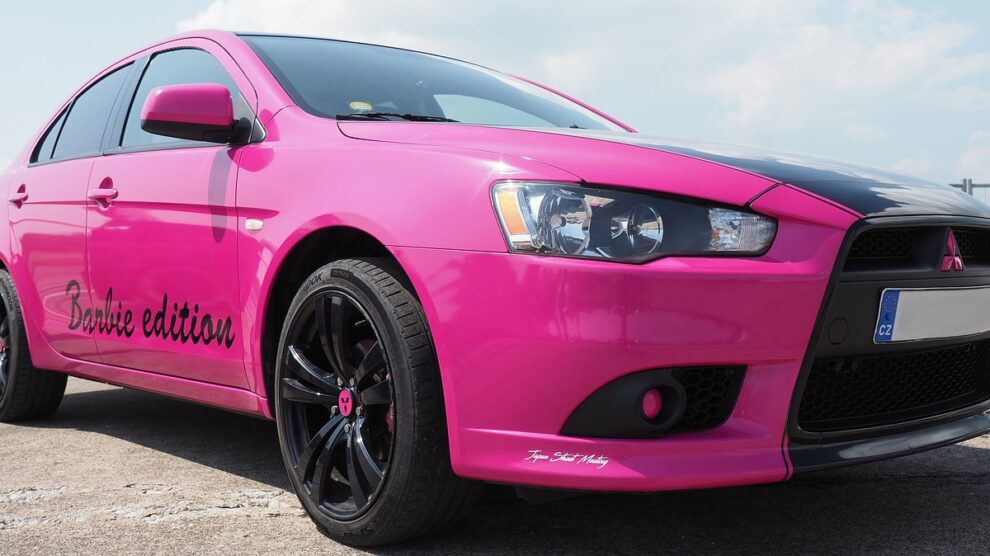There was no better example of a successful case study in 2023 for communications professionals than the “Barbie” movie. In addition to being the highest-grossing film of the year, “Barbie” became a massive cultural phenomenon, impacting PR campaigns even beyond the entertainment industry.
“Barbie” is a prime example of a movie whose success was driven by its ability to go viral. The sensation that “Barbie” became was thanks to a combination of the audience’s appreciation for its IP, the “girl power” effect, and the marketing and PR teams’ extraordinary understanding of the audience.
The PR campaign turned seeing “Barbie” at the theater into a genuine event. People came out to theaters dressed in their best pink outfits, and many even saw the also-successful “Oppenheimer” in a phenomenon dubbed by many as “Barbenheimer.”
What “Barbie” revealed about PR
The success of “Barbie” exposed an unfortunate truth about the PR and marketing industries: many brands — even ones that serve a primarily female audience — tend to belittle the needs and interests of women. Taking film, for example, there have been many successful films aimed at women, such as the “Twilight” or “Fifty Shades of Grey” franchises, but these were largely dismissed as “chick flicks” seen as “less than” the male-oriented blockbusters that often dominate the conversation, even if they made more money.
On the other hand, “Barbie” was not presented in this way. Instead, it was shown as an ambitious, idiosyncratic, and — most importantly — fun movie that wasn’t just made for girls. That Warner Bros. and the filmmakers pulled this off is an impressive feat in and of itself, considering that Barbie dolls have long been relegated to the girls’ toys aisle in stores. Yet, the “Barbie” movie’s marketing and PR managed to convince men and women alike that they were in for something intelligent, hilarious, and provocative in all the right ways.
Another aspect that helped “Barbie” stand out from other tentpole film releases is how it subverts expectations, especially regarding gender roles. In many instances in the media — even if it is aimed at women — women are seen as chasing the man. However, in “Barbie,” Ken was desperate for Barbie’s attention, and she didn’t care; he wanted more of a voice, and she didn’t notice him. This allowed the film to offer something unique and thought-provoking for women and men alike, which the PR campaign fully capitalized on.
At the same time, women of all ages connected with the film’s empowering message about pursuing their dreams and interests. In the film’s finale, Barbie — in a moment reinforced by the Billie Eilish song “What Was I Made For?” — realizes that she doesn’t want to be restricted to the path she was prescribed by life as “Stereotypical Barbie,” and that she instead wants to forge her own path.
In this way, the movie does something that even the iconic toy brand could not do. Although recent decades have seen a diversification in the types of Barbies offered, they are still confined to their labels. One character in the film even points out that while Barbie dolls may have been designed with the intention of empowering women, some of them have had the unintended consequence of creating unrealistic standards for women and their self-image. The movie’s self-awareness allowed it to break barriers that other films have not been able to overcome.
The lessons that communications professionals can learn from the success of “Barbie”
The “Barbie” PR team also didn’t falter when it came to consistency in their messaging on the press tour. They went all-out on bringing the world of “Barbie” to real life, from renting a
“Dreamhouse”-esque mansion to hold interviews in, to having star Margot Robbie decked out in an all-pink wardrobe, and having Ryan Gosling answer in cryptic, coy answers, very few films have created a brand identity this cohesive.
However, it wasn’t just the movie’s PR campaign that was unique; “Barbie” caused an entirely new zeitgeist in the public relations sphere. Pitches went out with topics like “this Barbie is a lawyer” or “how to know if you’re ‘Kenough’” — even from people who were not involved with the film industry — because of how much the pop culture conversation was dominated by all things “Barbie.” People in various industries, from finance to human resources, found ways to spin “Barbie” content and themes into something relevant to their expertise for a PR campaign.
Other brands also took advantage of the “Barbie” hype train through product placement and tie-ins. Although these investments in an untested IP are risky, brands believed in the power of “Barbie,” which paid off in even greater ways than they could have imagined. It has been a long time since crowds were actively obsessed with seeing a movie, and brands that put out “Barbie”-themed promotions had a crowd eager to buy whatever they put out, from pink ice cream at Cold Stone to special pink Crocs and “Jibbitz” with the logo and imagery from the films.
“Barbie” is unique in that it not only became the biggest movie of its moment but also a cultural zenith in its own right. From its own campaign to opening the door for business leaders to start their own “Barbie”-fied thought leadership campaigns, there is no overstating the PR power of “Barbie.” Communications professionals will be learning from the success of “Barbie” and trying to replicate it for years to come.





